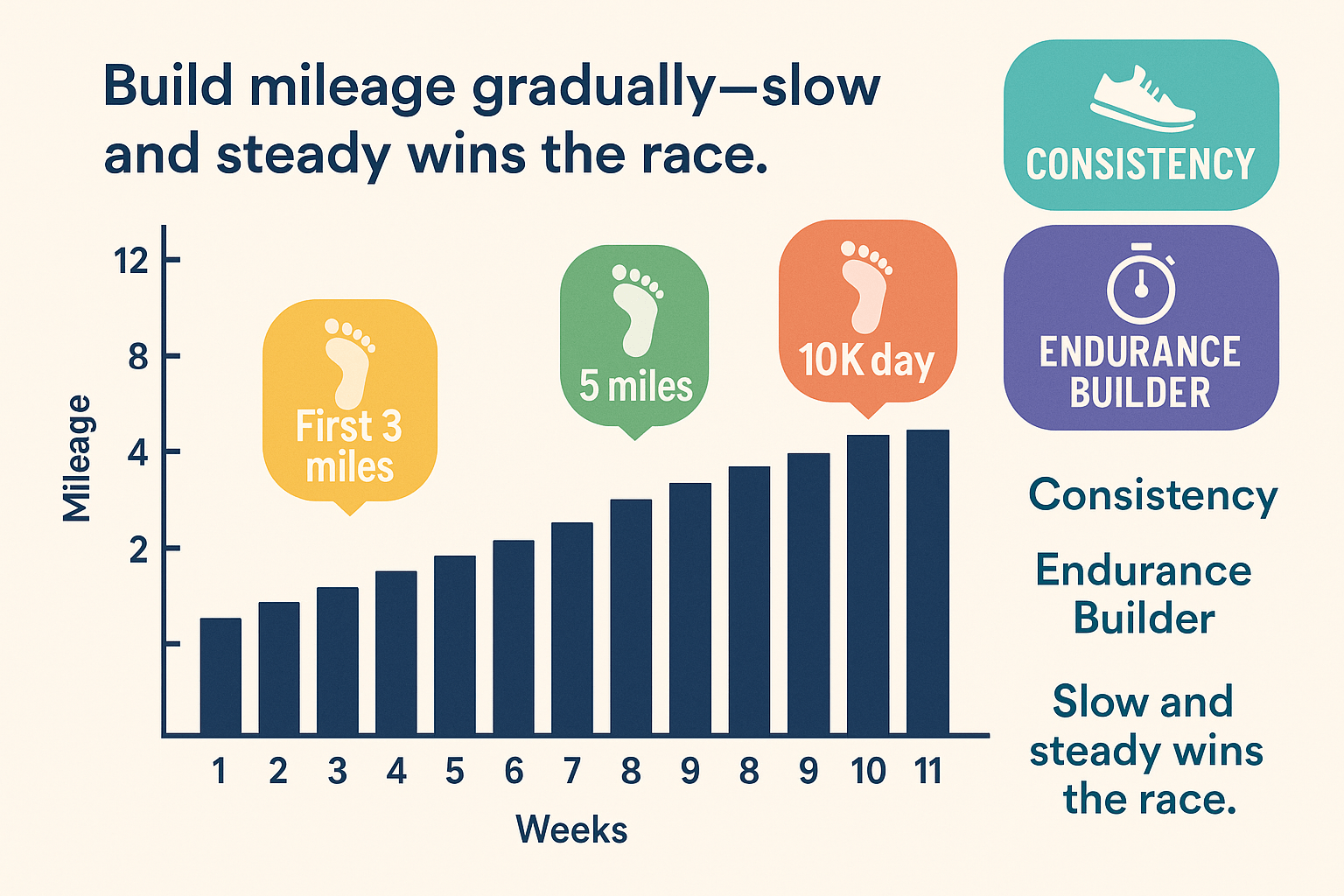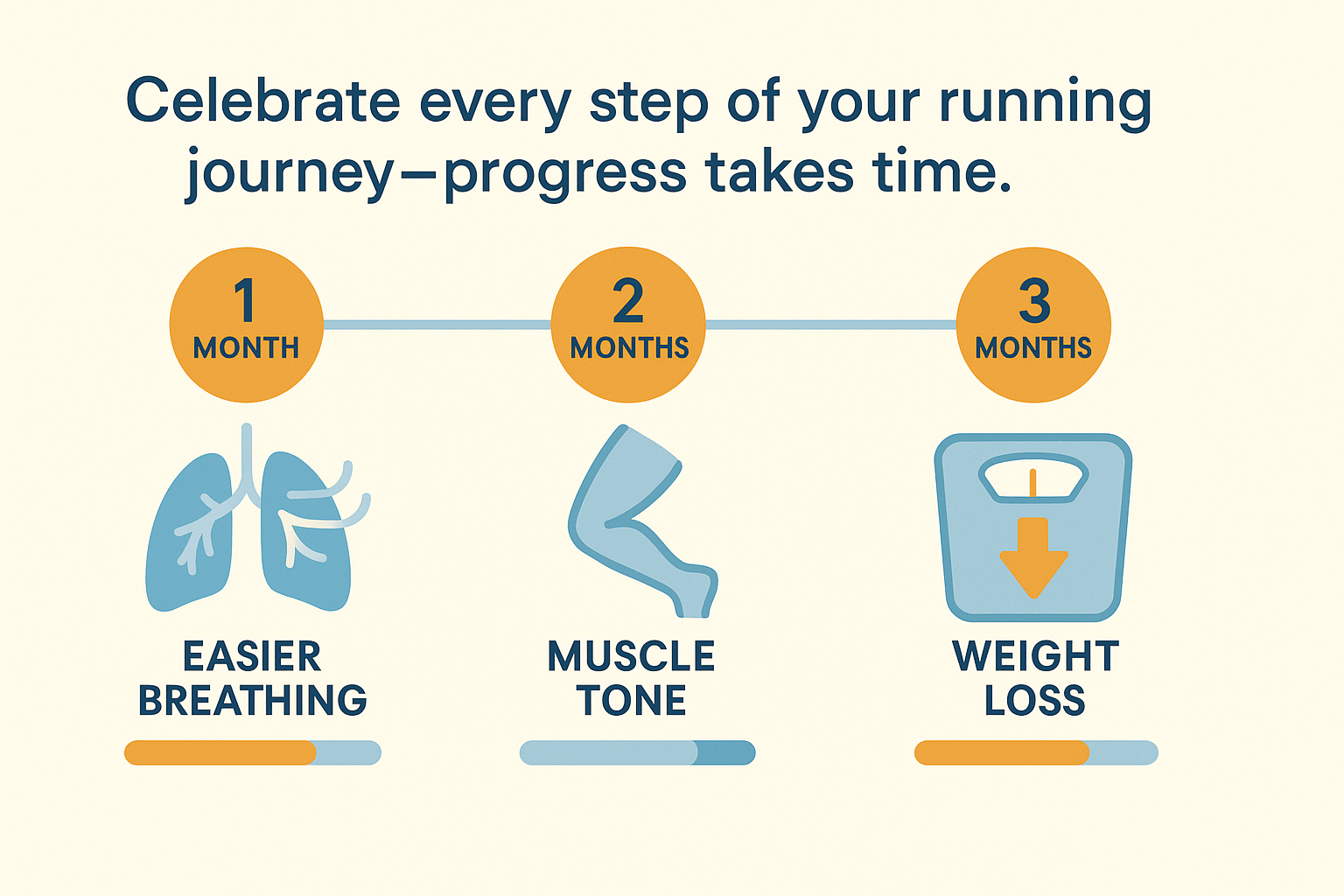When I first started running, I thought the weight would just fall off if I kept hitting the pavement. Sound familiar? You lace up, run a few times, and wonder, “Why isn’t this working?”
If you’re trying to lose weight, get stronger, or just feel like a total badass, frustration is normal when results don’t show up overnight. I’ve been there. The truth? It’s a slow grind with no shortcuts.
In this article, I’m breaking down when you can actually start seeing changes, why running alone won’t make the magic happen, and how adding strength training can fast-track your progress.
You’ll get real numbers on calories burned, what to expect with your fitness over weeks and months, and why patience and consistency are your best friends.
If you want to stop guessing and start making steady progress, stick with me.
This is the no-BS guide to running smarter and losing weight the right way
Why Running Alone Won’t Slim You Down
Let me say it again: running burns calories, but don’t think you’ll drop pounds just by pounding the pavement.
I used to think I could run my way to a smaller waistline.
After a long run, I’d think, “I totally earned that pizza!”
But guess what? That pizza and beer pretty much wiped out all the good I did with the run.
You can burn a decent amount of calories, but if your diet isn’t on point, you’re just spinning your wheels.
The truth is simple: calories in vs. calories out—that’s the rule. Running boosts your metabolism, but it’s useless unless you’re burning more than you’re eating. So, yes, run like a beast, but get real with your food choices. That’s where the real results will come from.
When Will You Start Feeling Fitter from Running?
Alright, let’s talk about the “easy” thing. I get it—running feels brutal at first, and you’re probably waiting for that moment when it just clicks and feels effortless.
But here’s the truth: running doesn’t get “easy.” You just get better at handling the hard part.
As you keep going, you’ll be able to push harder, run farther, and recover quicker—but that doesn’t mean it’s going to feel like a walk in the park.
You’ll still sweat, still grunt, and still have those tough days.
The difference? It’ll feel more controlled, more manageable.
My best advice?
Don’t expect big changes after a couple runs. Keep running, and one day you’ll look back and realize that the hilly route you used to dread is now just another Tuesday jog.
Keep at it. It feels easier, but that’s because you’re getting stronger.
How Running Helps You Build Muscle and Lose Fat
Running alone isn’t going to turn you into a bodybuilder, but it will help build muscle in your legs—quads, hamstrings, calves.
If you’re throwing in some hill sprints or speed work, you’ll definitely see more muscle growth.
Over the next 6-12 weeks, you’ll start noticing your legs getting more toned.
But if you want to see faster, more noticeable results, add some strength training. Trust me, you’ll really feel the difference.
Running alone builds endurance. Running with strength training? Now you’re talking.
What to Do If You’re Not Seeing Results from Running?
If you’ve been running consistently but aren’t seeing results, it’s time to take a step back.
Maybe your diet isn’t aligned with your goals, or you’re not getting enough variety in your workouts.
Take a closer look at your eating habits and add in some strength training for a more balanced routine. Even if you’re doing everything right, results sometimes take time—don’t get discouraged.
If your workouts feel like they’re plateauing, challenge yourself with some interval training or more intense runs.
When Will You Start Feeling Fitter?
Everyone asks this: when will I start feeling fitter? The honest truth? It won’t happen after just a few runs.
But here’s the good part: around 3-4 weeks in, you’ll notice your lungs opening up. Breathing will get easier, your legs won’t burn as much, and your heart rate won’t spike like it used to.
But it’s really after 2-3 months of consistent effort that you’ll feel like, “Okay, I’ve got this.”
That’s when it starts to feel like real progress. You’re not just showing up anymore—you’re performing.
My best advice?
Don’t freak out if you don’t see huge changes after a week or two. Keep running, stay consistent, and I promise you’ll start noticing those little wins. Trust me, it all adds up.
To Conclude
The reality is that running takes time. But that doesn’t mean you’re not improving.
Every time you lace up and put in the miles, you’re getting better, stronger, faster.
Every run, every mile, every sweat session—it’s all part of the bigger picture. Stick with it, trust the process, and watch the results roll in.
It might take a few weeks to notice, but believe me, it’s happening.


